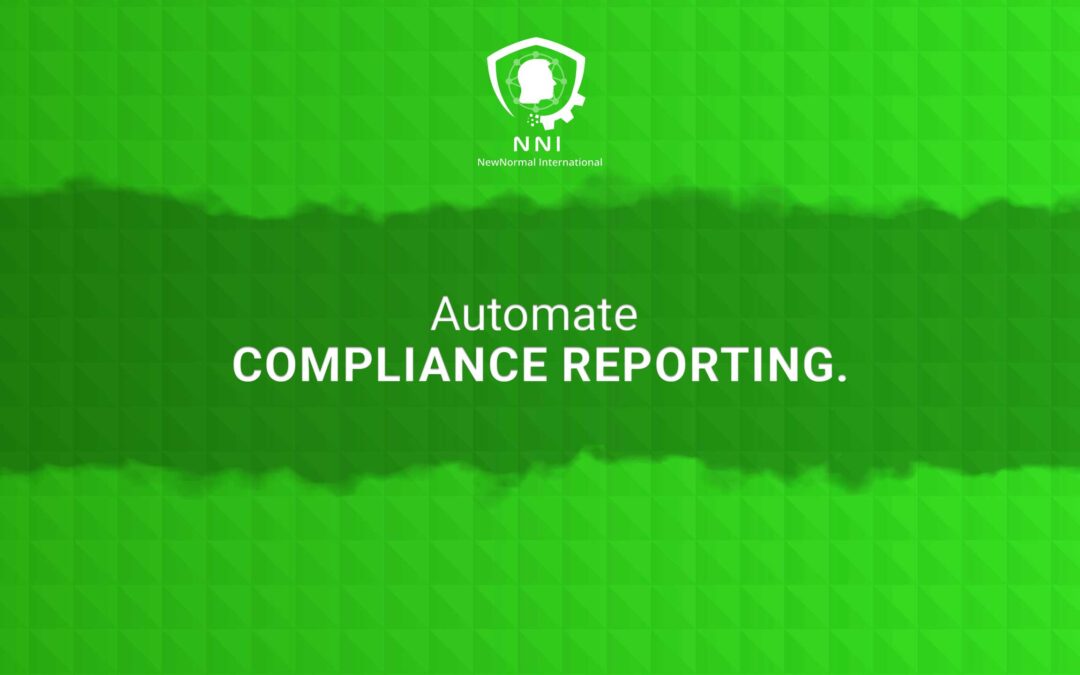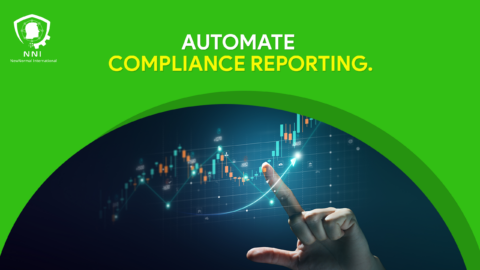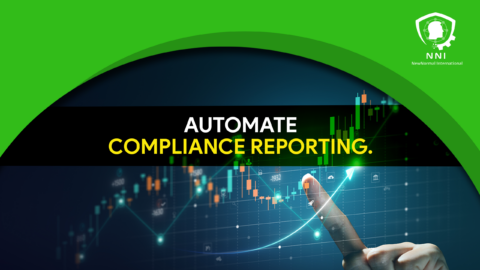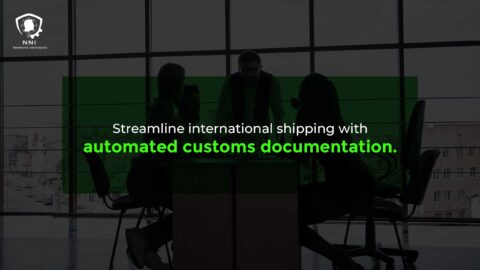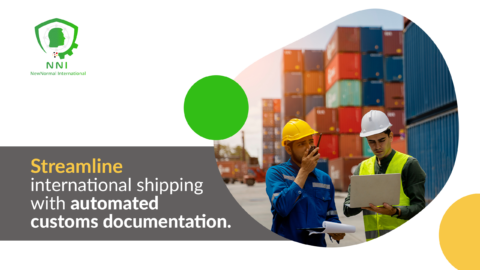Redefining Compliance: Transforming Automated Compliance Reporting
In an era where regulatory demands are constantly evolving, the need to Automated Compliance Reporting has become a critical aspect of business operations. This article explores how automation is reshaping the landscape of compliance reporting, offering businesses a more efficient and reliable way to meet their regulatory obligations.
The Importance of Automated Compliance Reporting
In today’s complex regulatory landscape, manual compliance reporting processes are no longer sustainable. Businesses are increasingly turning to automated compliance reporting solutions, harnessing the power of technology to:
1. Streamline Data Collection and Processing: By automating the collection, aggregation, and validation of compliance data, businesses can eliminate time-consuming manual tasks and significantly reduce the risk of errors. This streamlined approach improves efficiency, frees up valuable resources, and allows teams to focus on higher-value activities.
2. Minimize Risk of Errors and Non-Compliance: Manual data entry and complex calculations are prone to errors, potentially leading to non-compliance and hefty fines. Automated compliance reporting systems eliminate these risks by ensuring data accuracy and consistency through automated validation and verification processes.
3. Improve Regulatory Transparency and Accountability: Automated systems provide a centralized repository for all compliance data, allowing businesses to readily access and analyze information. This transparency fosters open communication with regulators, strengthens accountability, and demonstrates a commitment to ethical business practices.
4. Optimize Resource Allocation and Reduce Costs: Automating repetitive tasks frees up valuable employee time and resources. This allows businesses to optimize resource allocation, streamline operational processes, and reduce administrative costs associated with manual compliance reporting.
5. Enhance Audit Readiness and Response Time: Automated systems facilitate faster and more efficient responses to regulatory audits. Businesses can readily access and generate the required reports, ensuring a smooth and transparent audit process. This proactive approach minimizes potential disruptions and demonstrates a high level of preparedness.
6. Gain Real-Time Insights and Drive Continuous Improvement: Automated systems provide valuable data insights into compliance performance and trends. This data empowers businesses to identify areas for improvement, proactively address potential issues, and continuously refine their compliance processes over time.
7. Foster a Culture of Compliance: By simplifying and automating compliance processes, automated solutions encourage a culture of compliance within organizations. Employees are empowered to understand and fulfill their compliance obligations, leading to higher adherence rates and a more ethical business environment.
8. Enhance Scalability and Adaptability: As regulatory requirements evolve, automated systems can readily adapt and update compliance procedures. This ensures businesses remain compliant even as the regulatory landscape changes, allowing them to scale their operations with confidence and agility.
9. Promote Sustainability and Environmental Responsibility: Automated systems can reduce paper consumption and energy usage associated with manual reporting processes. This contributes to a more sustainable business model and demonstrates a commitment to environmental responsibility.
By embracing automated compliance reporting, businesses can transform the burden of compliance into a competitive advantage. They can unlock operational efficiency, achieve regulatory transparency, enhance data-driven decision-making, and ultimately, pave the way for sustainable growth and long-term success.
Change Management for Automated Compliance Integration
Integrating automated compliance reporting systems into business operations requires careful change management. It necessitates a shift from traditional, manual processes to a more technology-driven approach, involving the adoption of new software and the retraining of staff.
Executive Coaching for Compliance Leadership
Effective leadership is key to navigating the complexities of automated compliance. Executive coaching can equip business leaders with the necessary skills to oversee the transition to automated systems, ensuring that the organization remains compliant while embracing technological advancements.
Effective Communication in Compliance Automation
Effective communication is essential in the successful implementation of automated compliance reporting. Clearly conveying the benefits and changes to all stakeholders, including employees and regulatory bodies, is crucial for a smooth transition and widespread acceptance.
Leveraging Generative AI for Advanced Compliance Solutions
The use of generative artificial intelligence in compliance reporting can further enhance the accuracy and efficiency of these systems. AI algorithms can analyze complex regulatory requirements, automate data processing, and provide predictive insights to anticipate future compliance needs.
Conclusion
In conclusion, the strategy to “Automate compliance reporting” is an essential step for businesses looking to streamline their compliance processes. By adopting automation technologies, companies can ensure regulatory adherence more efficiently, reduce the risk of errors, and free up valuable resources to focus on core business activities.
#ComplianceAutomation, #RegulatoryReporting, #BusinessEfficiency, #AIinCompliance, #RiskManagement


